December 17th, 2013
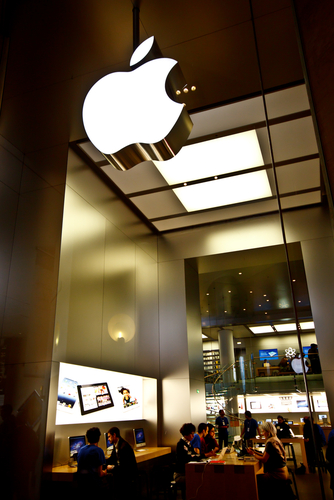
With just a few days passed since Apple released a second Beta version of it’s mobile operating system, iOS, they’ve now released an official update to their desktop operating system, OS X Mavericks. The update, which is version 10.9.1, is the first update since the release of Mavericks back in October. Apple’s Support page has some details about what exactly the update addresses and some tips on how to update your Mac.
Before jumping in with the new update, there are some preliminary steps all users should take. First, this is an ideal opportunity to back-up your system. Mac offers a handy tool called Time Machine to do this quickly. Updates to your operating system aren’t expected to damage or delete your existing files, but you can never know for certain how your system will react. Even if no files or applications are negatively affected, it’s a good idea to have a restore point that goes back to before the update. This way, if you find a bug or compatibility issue, you’ll be able to un-install, in essence, the latest update.
To find this update, go to ‘Software Update’ in the ‘Apple’ menu. You’ll be able to not only find the update to OS X Mavericks, but also any other updates you need to install. Once you start the update, be sure not to interrupt the process.
Included in the 10.9.1 update to Mavericks is improved stability, compatibility and security. Here’s what users get.
- Updates for Gmail compatibility in OS X Mail.
- Improved search in Smart Mailboxes.
- A fix for issue with contact groups in Mail.
- A fix that allows Voice Over to speak sentences with emoji.
- A fix for an issue with unlocking multiple prompts unlocking Local items.
- An update to Safari 7.0.1
Apple recommends that all eligible users update their OS as soon as possible. Generally, it’s always a good idea to update when one is available because there are often security updates that close flaws and known vulnerabilities that could otherwise allow for data breaches.
If you’re having issues with your Mac that this update doesn’t fix, or you’re having problems with any device, call Geek Rescue at 918-369-4335.
December 16th, 2013
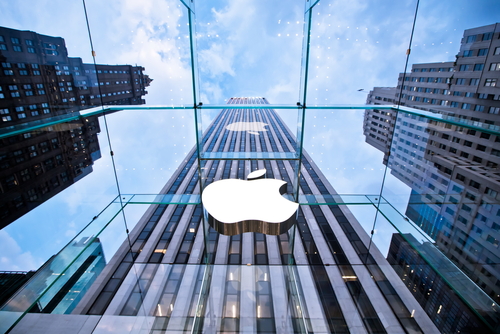
Apple released iOS 7, its latest version of the operating system included on iPhones and iPads, in the middle of September. Here it is three-months later and iOS 7.1 has taken another step closer to its release. Unlike iOS 7, 7.1 won’t be so groundbreaking and will feature mostly bug fixes and small tweaks. As Carly Page reports for Inquirer, the second Beta version of iOS 7.1 has been officially made available to developers.
Perhaps the most exciting of the included tweaks is a toggle for ‘Car Display’. In and of its self , this isn’t that exciting but it hints at something Apple may release in the near future. ‘iOs in the car’ has long been a rumored feature bound for release. This feature would allow users to link their iPhone or iPad to their car in order to control their music, navigation and messages while driving.
Other changes in this version of iOS include some tweaks to settings menus. Touch ID and Passcode settings have been moved to the main Settings menu to make them easier to find. In iOS 7, they’re buried under multiple options. Users will now also be able to adjust button shapes through the Accessibility setting.
The iTunes Match process has been made faster than ever, which it easier for users to access music stored in the cloud. Also faster is the animation speed used for all interactions with the operating system. This doesn’t actually make the device faster, but it will feel faster than before.
Many of these small changes won’t even be noticeable to many users, but they will make devices easier to use and introduce some options for more customization. The second Beta version of iOS 7.1 is currently available for download at Apple’s developer website.
At Geek Rescue, we know the ins and outs of iPhones, Androids and all smartphones. If your device is giving you trouble, bring it to one of our locations or give us a call at 918-369-4335.
December 6th, 2013
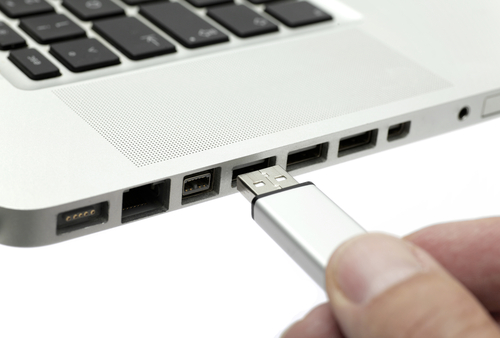
Standard USB connectors that help us attach our mouse, printer, digital camera, smartphones and more have been around for nearly two decades. It’s fair to say then that it’s time for an update on the design. As Sam Byford reports for The Verge, USB newest connector will feature an entirely new design that will allow for thinner devices.
The new connector, called Type-C, will be rolled out with the USB 3.1 specifications and should start hitting the market some time after the middle of 2014. The new design means that all of your older USB cables will be obsolete for new devices unless used with an adapter. However, Type-C aims to make a more universal connector that’s reversible. This means that both ends of the cable can be used right side up or upside down on nearly every device. Apple products are, of course, an expected hold out.
Type-C hasn’t been seen by the public yet, but the connectors are expected to be about the same size as the current micro-USB connectors found on many phones, cameras and mp3 players. These smaller connectors allow devices to be thinner than ever before because they’re no longer bound to the bulky by comparison current USB plug ins. For example, the Samsung Galaxy Note 3 has been criticized for its seemingly over-sized USB port, which doesn’t seem to match with the rest of the device’s design.
At Geek Rescue, we know tech. If you’re experiencing problems with any of your devices, old or new, bring them in to one of our locations or call us at 918-369-4335.
December 3rd, 2013
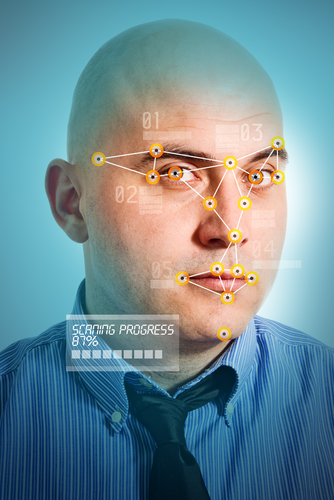
Apple introduced Touch ID as a security feature that recognizes a user’s fingerprint to unlock the iPhone 5S. That feature has come under scrutiny after security experts and hackers uncovered flaws and ways to by-pass it. Some users have also complained that Touch ID doesn’t always recognize their finger, or it takes too long to scan. Soon, Apple users may not have to worry about scanning fingers at all.
Lance Whitney, of CNet, reports that Apple has been granted a patent on an idea that would allow facial scanning to replace the current Touch ID feature.
The facial scanning function, which was patented under “Personal computing device control using face detection and recognition”, is still in its infancy. It appears, however, that Apple plans to make it a security feature on future products.
In many ways, it works the same as Touch ID does for your fingers. A user would start by scanning their own face and the face of anyone else they want to have access to their smartphone or tablet. The scan would record the shape, texture, color and size of your features and store them. Then, to unlock the device, you would have to again scan your face. Only registered users would be able to unlock the device, while unauthorized users would be stuck at the lock screen.
Calls, emails, texts and other notifications would also be locked behind the facial scanner. So, if a call comes in, your smartphone would scan your face before allowing you to answer.
Many of the same security flaws and workarounds that existed with Touch ID after it was introduced are still possible with facial scanning. A password would likely still act as a back-up for situations where the facial scan didn’t work, which opens the door for hacking. But, this is another interesting step for improved security on mobile devices.
If you’d like to improve the security on any of your devices, or you’re having problems like broken hardware, slow performance, or malware, bring your device to Geek Rescue or call us at 918-369-4335.
December 2nd, 2013

Cyber Monday marks the beginning of a busy online shopping season. Unfortunately, that’s well known information, which means criminals will be targeting shoppers hoping to cash in on the holiday season. To keep yourself, and your bank account, safe, Jennifer LeClaire of Lumension suggests doing your online shopping and banking on a mobile device.
Many users assume that a mobile device, like a tablet or smartphone, is less secure than their PC. This is usually only true because they’ve failed to take the same security precautions on their mobile device that they have on their laptop or desktop. With security apps in place, mobile devices can be much more secure because there are far fewer threats specifically targeting them.
There are certainly pieces of malware made specifically for Android, and to a lesser extent Apple’s iOS, but it pales in comparison to the threats being produced for PCs. Both Apple and Android provide security in their app store. As long as users don’t venture outside of the store to download unverified apps, they should have an entirely safe environment. PC users typically download more and take more risks online, which leaves their PC teeming with vulnerabilities and possible infections.
If your mobile device has an antivirus app installed, and is absent of any existing malware, you’ll have a great foundation for a secure online shopping season. You’ll still want to use smart surfing tactics, however. For example, don’t use public WiFi for any activity where you’re asked to log-in to an account, or provide payment information. Public WiFi provides no security for your data, which allows criminals to easily intercept any information you send over that network. So, while a mobile device may be more secure for online shopping than your PC, it shouldn’t be used just anywhere. Shop from home on your own, secured network.
Regardless of how you plan to do your online shopping this year, you need to take the proper precautions. To secure any of your devices, remove viruses and malware, or to create a more secure network at home or the office, call Geek Rescue at 918-369-4335.
November 21st, 2013

A laptop can be an expensive investment. On average, consumers expect to get at least three years out of their laptop before it either breaks down or becomes outdated. With that in mind, Adam Dachis of Lifehacker, published some factors and stats to consider before you make your next laptop purchase.
- How likely is it to break?
The last thing you want when you buy a laptop is for it to breakdown within a few months. A 2012 study addressed this concern to find what brands manufacture the most trustworthy laptops. Over the three year span the study covered, Asus computers broke the least, but that was still more than 15-percent of their laptops. Toshiba also performed well, while HP and Gateway computers were found at the bottom of the list. In fact, one out of every four HP laptops failed in less than three years.
A good experience with a laptop isn’t entirely centered on the performance of the machine itself. The time will likely come when you need some tech support, so you should consider what company provides the best service. Consumer Reports credits Apple with far and away the best tech support. Combined with reliability, that makes Apple products the best bet, followed by Asus. Acer/Gateway scored the worst in tech support, while scores for Sony were unavailable.
Sheer numbers don’t tell the whole story. While the statistics seem to suggest that Gateway and HP offer inferior products, they could still produce individual models that outperform industry leaders Apple and Asus. Be sure to check user reviews and pay attention to more than just the number of stars. If you have specific questions or concerns about a laptop, or need it to perform certain functions, look through reviews to find other users similar to you. Remember that most manufacturers make different laptops for different budgets. Just because one brand’s budget laptops are notoriously untrustworthy doesn’t mean their top of the line model isn’t worth the money.
By putting in some time to do the proper research before you buy, you can save yourself money and frustration later. Eventually, every computer encounters problems, however. When that happens, bring your device to Geek Rescue, or call us at 918-369-4335.
November 13th, 2013

Apple’s OS X Mavericks features ‘Finder’, which is your primary tool for navigating the operating system. It’s not particularly jaw-dropping, or even exciting, but, as Thorin Klosowski of LifeHacker writes, it does offer a number of ways for you to be more productive and make OS X easier to use. Here are some of the most useful tips and tricks to get the most out of Finder.
A new feature in OS X is the use of tags. Any item you save, or is already saved, can have a tag added to it to help you stay organized. To manage all your tags, however, you’ll need Finder. Click on the ‘Finder’ tab at the top of the screen, then select ‘Preferences’ and ‘Tags’ from the menu. You’ll be able to delete tags, edit them, create favorites and organize them to your liking.
Finder is useful for so many jobs, you may need multiple tabs open at once. To do this, press Command+T and a new Finder tab will open. To navigate between tabs quickly, press Control+Shift and either the left or right arrow key.
By default, Finder shows your files in columns listed in alphabetical order by name, with date modified, size and kind also appearing. To add options and change the way files are sorted, go to the Finder menu, select ‘View’ and ‘Show View Options’ while you’re in a folder. Or, to change the arrangement altogether, go to ‘View’ then ‘Arrange by’.
The Finder Toolbar is highly customizable and it probably initially includes items you don’t need. To remove unused items, go to the Finder menu, select ‘View’ and ‘Customize Toolbar’. You can rearrange or remove items completely. To add items, including files, folders and apps, select the item, then Command+Click drag it to the toolbar.
These tips help you customize your Mac to make it easier to use. If you encounter problems like broken hardware, decreased performance or malware, bring your machine to Geek Rescue or call us at 918-369-4335.
November 12th, 2013
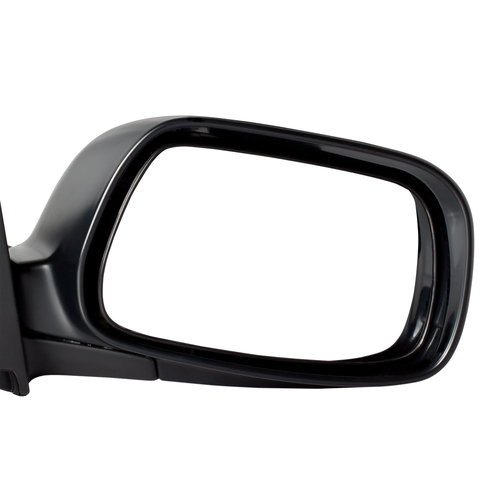
You may have heard the latest smartphone rumors of a curved screen. Samsung will have the first curved glass offering, the Galaxy Round announced a month ago. Jason D. O’Grady, of ZDNet, reports that the curved screen isn’t just a gimmick. It also offers an enhanced user experience.
First, the curve isn’t dramatic. The Galaxy Round features a screen only .10 inches away from flat, which is about equal to the curve of most handheld mirrors. This slight curve greatly reduces the negative effects of ambient light on the screen, however. This makes it easier to read, makes colors more true, improves contrast and more. The curved screen is also much easier to use outside in sunlight.
A screen that’s naturally easier to read has some additional benefits, as well. Most notably, battery life could be much better because screen brightness can be turned down without losing readability.
The iPhone 5S, Apple’s latest smartphone release, has been knocked repeatedly for poor battery life. There are already many rumors suggesting that a future iPhone will go the curved screen route.
Part of that speculation comes from Apple’s recent purchase of synthetic, manufactured sapphire and its construction of a plant in Arizona. Sapphire crystal is already used on the Touch-ID home button on the iPhone 5S. It’s regarded as tougher and more scratch resistant than Gorilla Glass, which is currently being used to make iPhone screens.
No matter what shape your smartphone’s screen is, Geek Rescue fixes it when it breaks. Call us at 918-369-4335 or come by one of our locations to get your devices working like new again.
November 6th, 2013
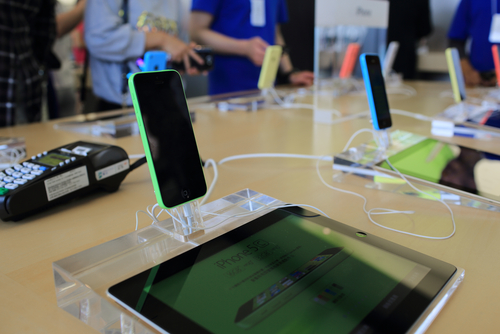
This week, Google made its new iOS app available to iPhone and iPad users. Experts are praising its improved functionality and additional features. Salvador Rodriguez, of the LA Times, published his favorite new features. Here’s a list of the Google apps new features and why you’ll like them.
The Google app’s image search has been upgraded to allow for more user interaction. After selecting an image from search, users can zoom in on that image, or use two fingers to minimize the selection and continue searching.
Siri has attained her share of critics from iOS users, but Google’s voice search is improved as a superior alternative. The Google app has to be open to be used, but when it is, users only need to say “OK Google” and the app will start listening for voice search. The speech recognition ability within the app is considered by most to be better than Siri.
Previously, Google Now notifications were only available to Android users. In the new Google app, these notifications are available on iOS. Users are able to set reminders based on time, or when they reach a specific location. For example, you could remind yourself to buy an item at the store and Google Now would send your phone a notification once you’ve reached the store.
Google Now also features new cards that show you what you’ve purchased and reserved recently. Tickets for movies, concerts and other events are displayed here. Also, airplane tickets, car rental reservations and hotel reservations are stored here. There’s even a listing of upcoming events in your area.
These new features make Google’s iOS app more useful and easier to use. If you have an iPhone or iPad, it’s a worthy addition.
If you’re having trouble with your Apple device, or any device, come by Geek Rescue, or call us at 918-369-4335. If it boots up or turns on, we fix it.
October 31st, 2013
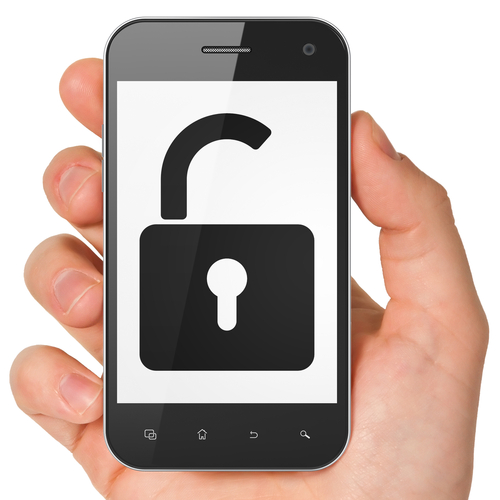
There have been relatively few true threats to the security of iPhones compared to the amount of malware being produced for Android. A serious threat has recently emerged, however. Antone Gonsalves, of Network World, reports that a team of security experts uncovered a vulnerability in a large number of iOS apps. The flaw allows for a third party to intercept data and then send their own directly onto a user’s device.
The team is calling it “HTTP Request Hacking” because it allows hackers to intercept HTTP traffic between the app and server. The hacker can then tell the app to retrieve data from a different server, which usually involves putting malicious links on your iPhone and iPad. This method is particularly effective for news apps because the hackers can put fake links in the news stories, which cause malware to be downloaded when clicked.
Once a hacker gains control of the app, they can continue to send whatever data they want until the app is updated to close the security gap, or removed completely.
There is such a large number of affected apps that the security team couldn’t contact all of them directly. Instead, they opted to spread the word through the media. The vulnerability only affects apps using an HTTP connection. Most high quality apps use the more secure HTTPS connection.
There’s code available to fix the problem, but it’s much easier to just remove the app. If it’s using an HTTP connection, you probably shouldn’t be using it anyway.
This particular security flaw was specifically found for iOS and while it hasn’t been tested on Android, security experts note that it’s likely that would affect those users as well.
If you believe you have malware infecting any of your devices, come by or contact Geek Rescue at 918-369-4335. We will fix your phone, tablet or computer and help make sure you’re prepared for the next malware attack.




















